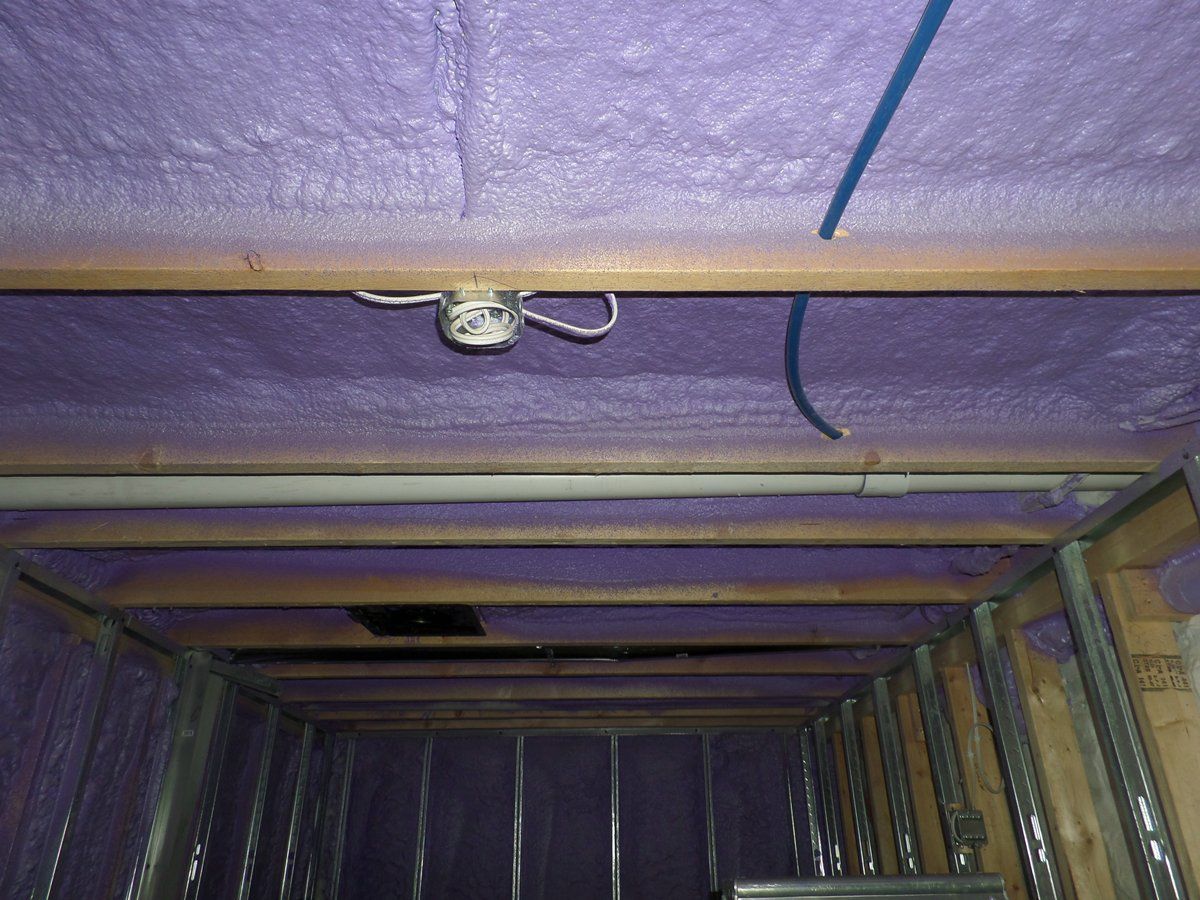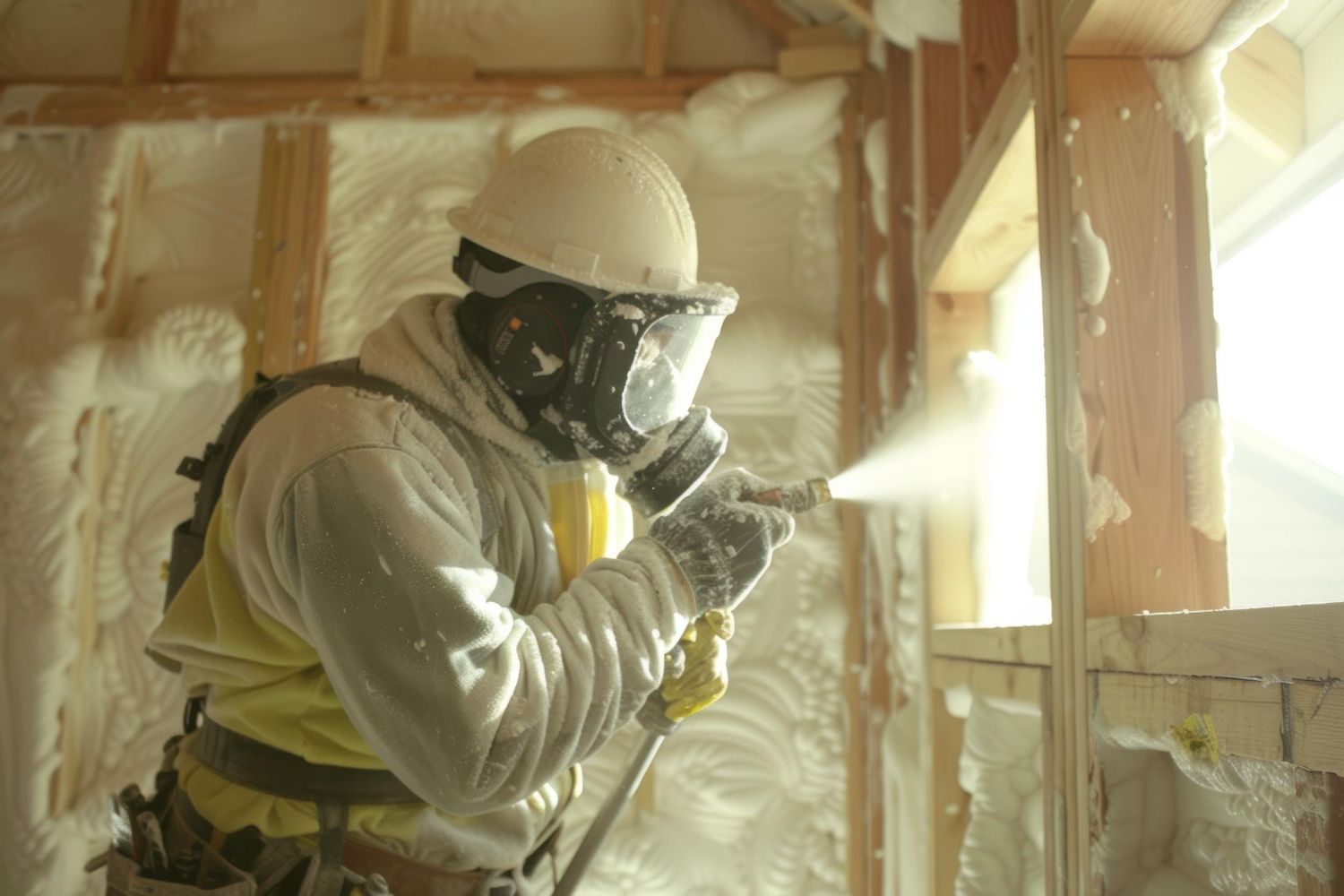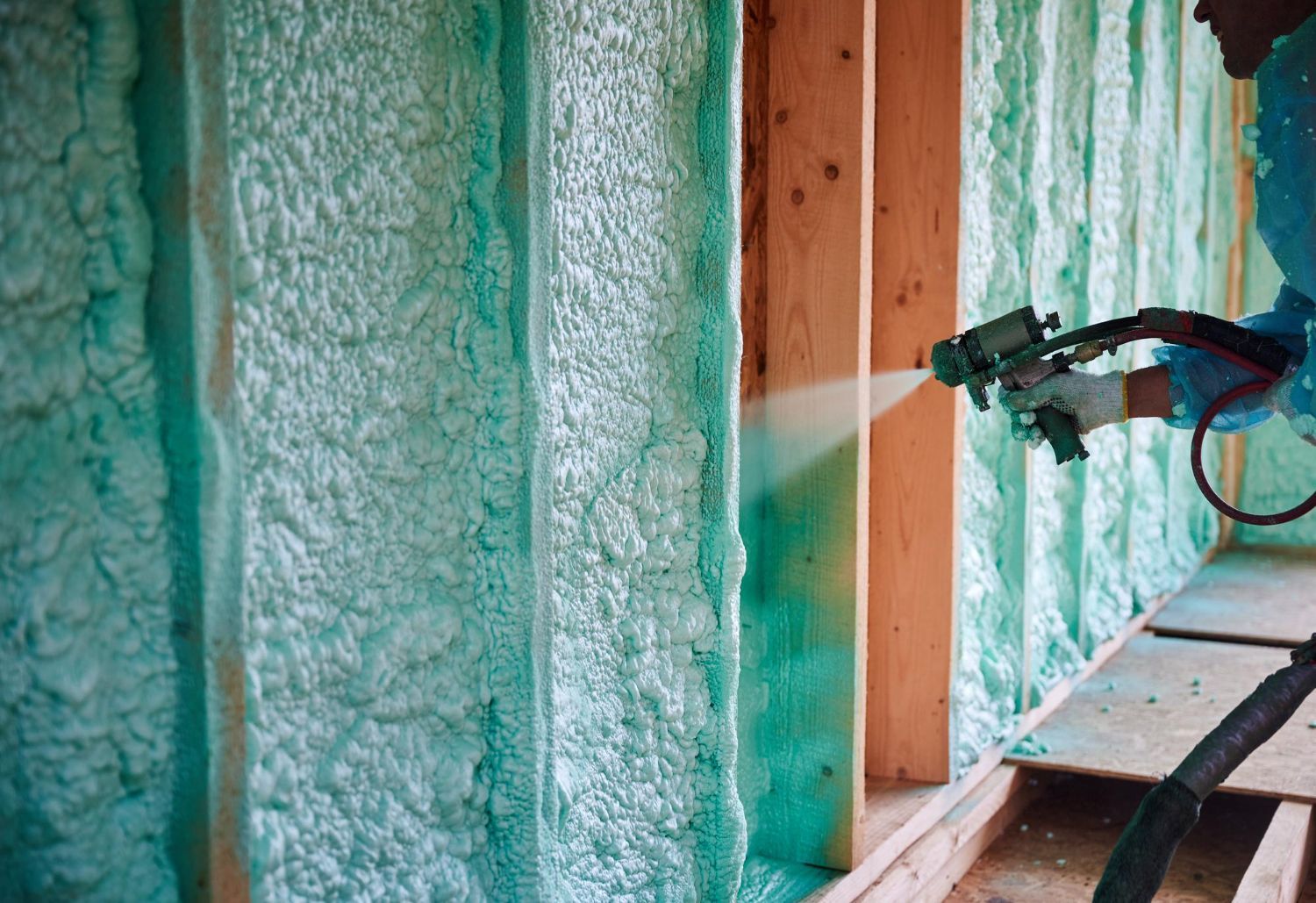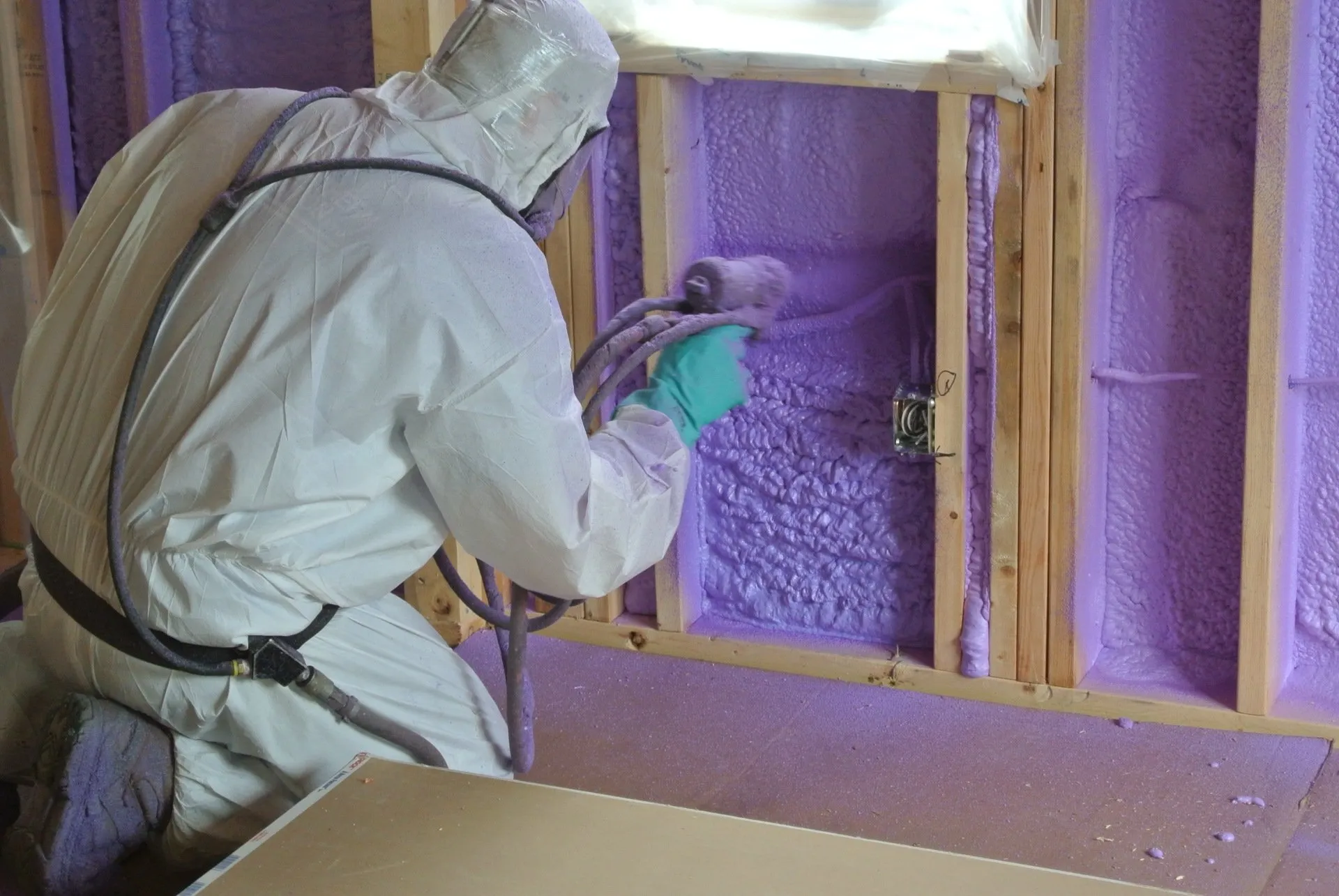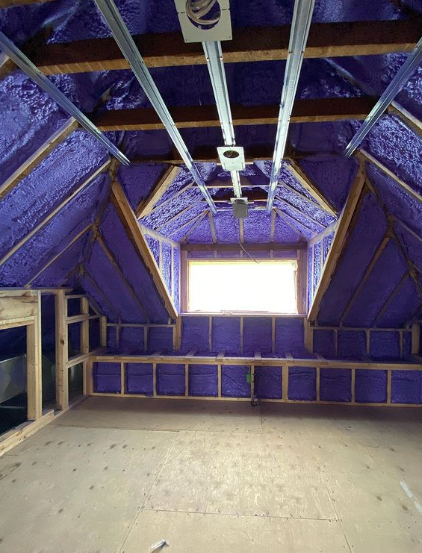what can you do to protect your home?

After an event-filled summer, and as we head into what is traditionally our rainy season, you might be asking yourself how you can protect your home against the elements.
Climate change provides homeowners with unique challenges, increasing the number, duration and severity of storms, sometimes with catastrophic results. Many property owners are looking for products that can better protect their homes from the effects of climate change, such as rain, moisture and severe winds.
Polyurethane spray foam insulation is the answer to many of your climate change related worries.
But don’t just take our word on it… Closed-cell spray foam insulation is the only insulation recognized by both FEMA USA and the Intact Centre on Climate Adaptation out of the University of Waterloo as being flood resistant.
What makes Spray Foam Insulation the ONLY insulation choice to protect your home from flooding?
Let’s look at how closed-cell spray foam stacks up against the commonly used batt insulation.
Traditional Batt Fiberglass Insulation
- Absorbs water
- Mold risk (retains water)
- Permeable material, water passes right through
- Loses R-value after exposure to water
- Deteriorates after water exposure leading to additional replacement costs
CloseD-Cell Spray Foam Insulation
- Repels water (is hydrophobic)
- No risk of mold (doesn't retain water)
- Impermeable, water won't pass through
- Doesn't lose R-value after being wet
- No deterioration after exposure to water; your investment is secure
We can’t control Mother Nature, but we can take action to defend against the impact of the most devastating effects of climate change.
Now that’s a change for the better!
To read more about insulating your basement, read our blog post Why Spray Foam Insulation in Your Basement Should Be the Only Choice.





